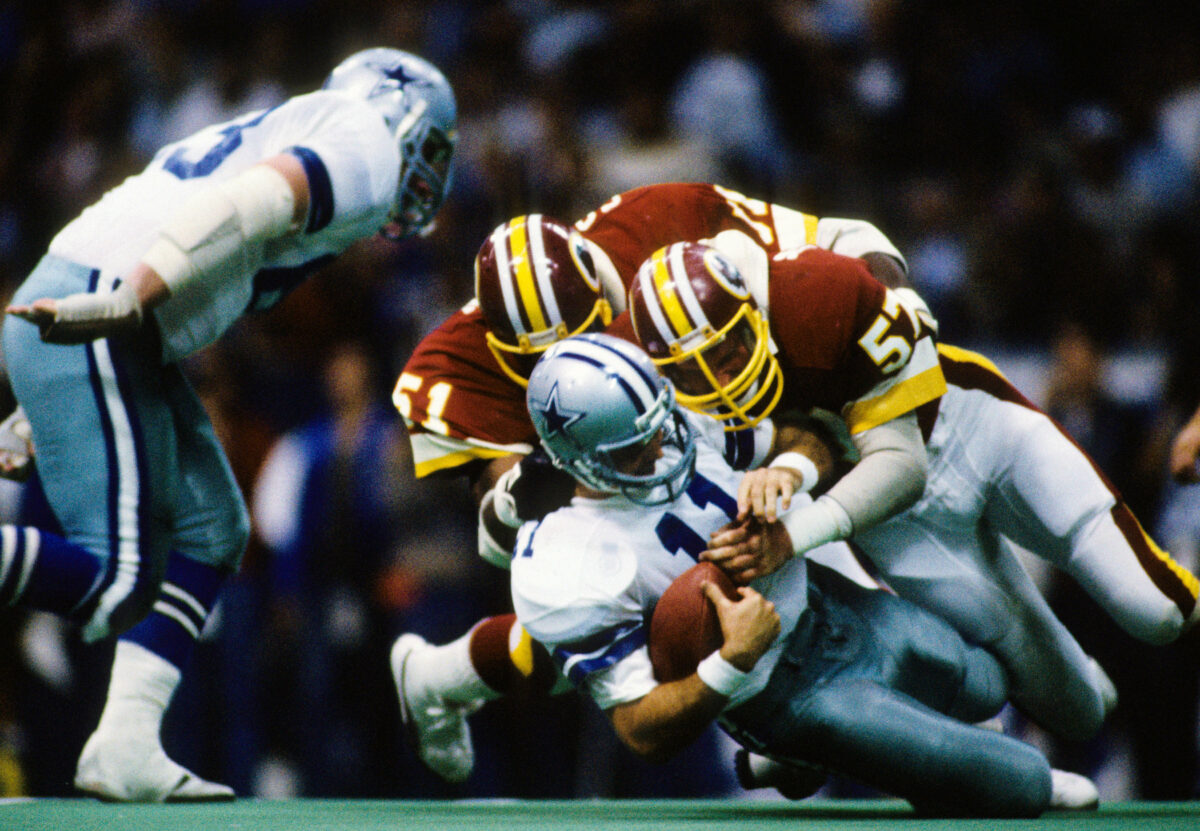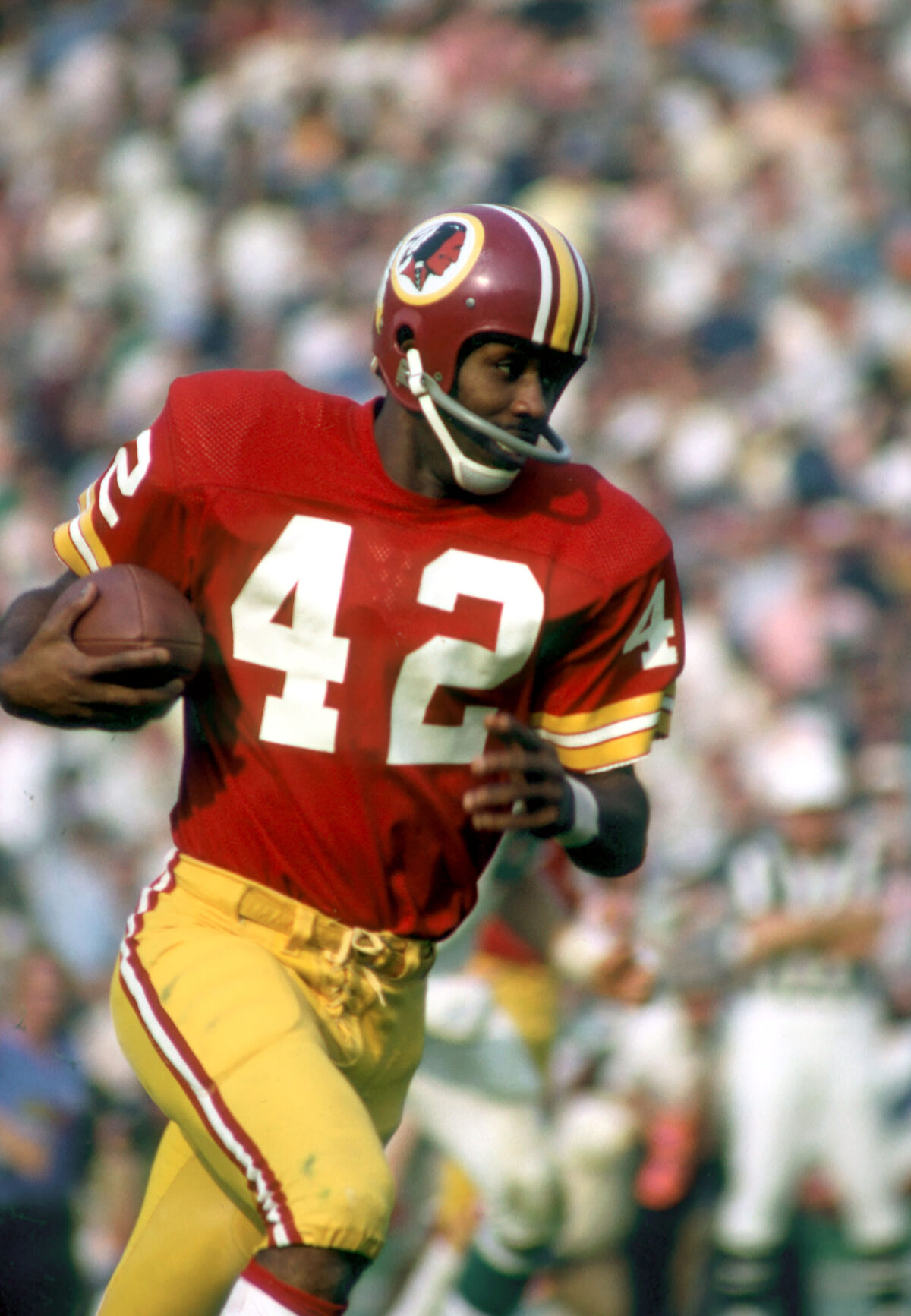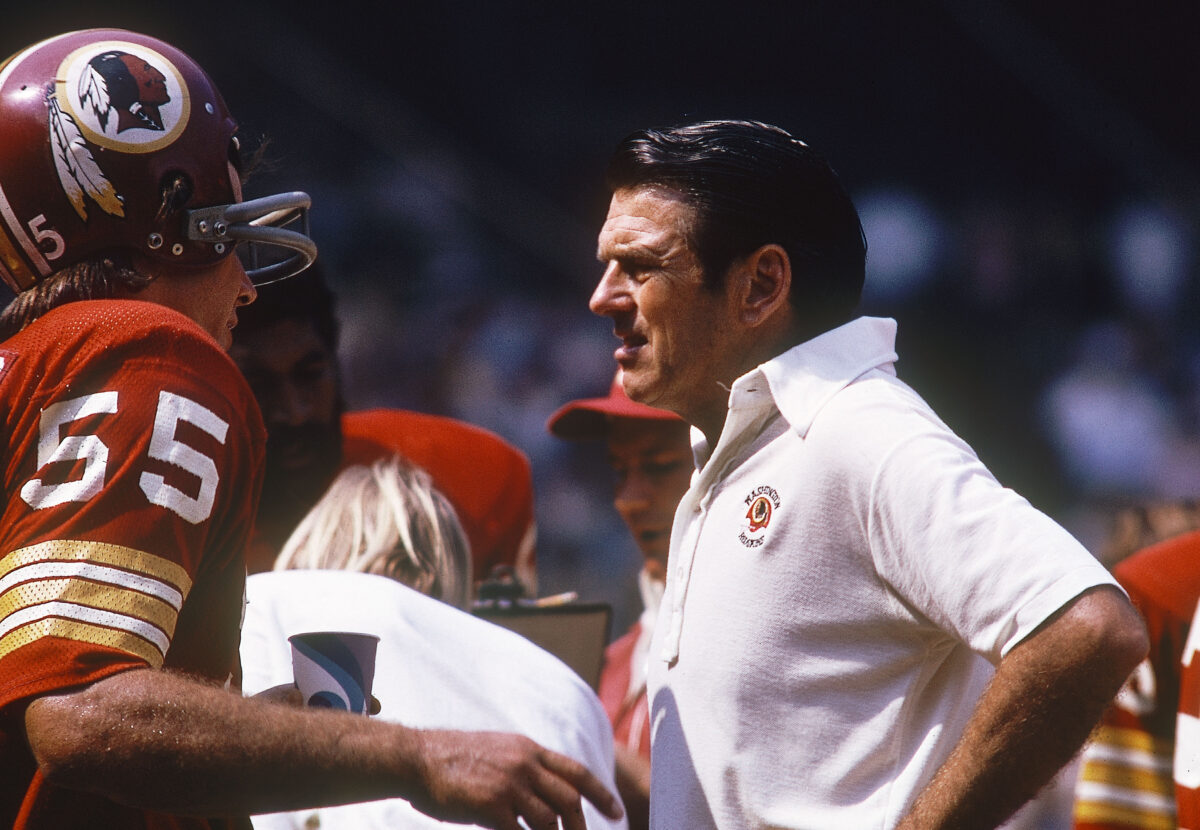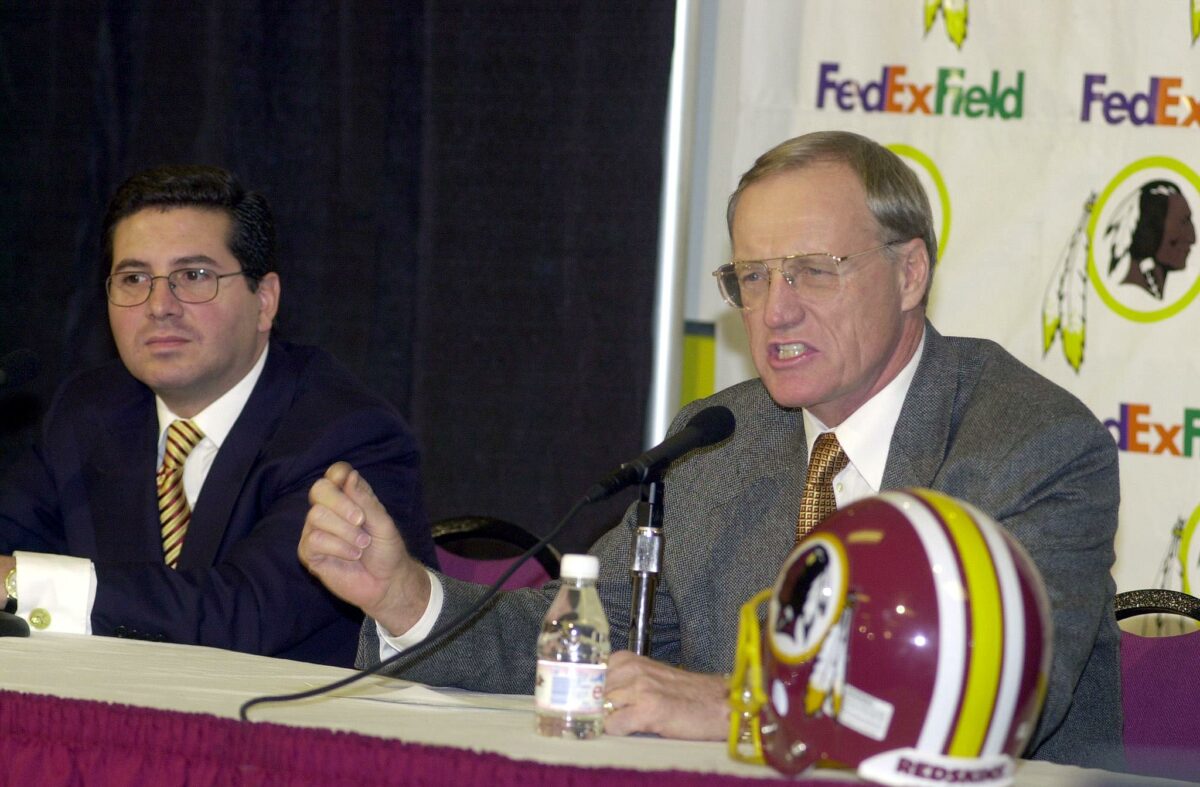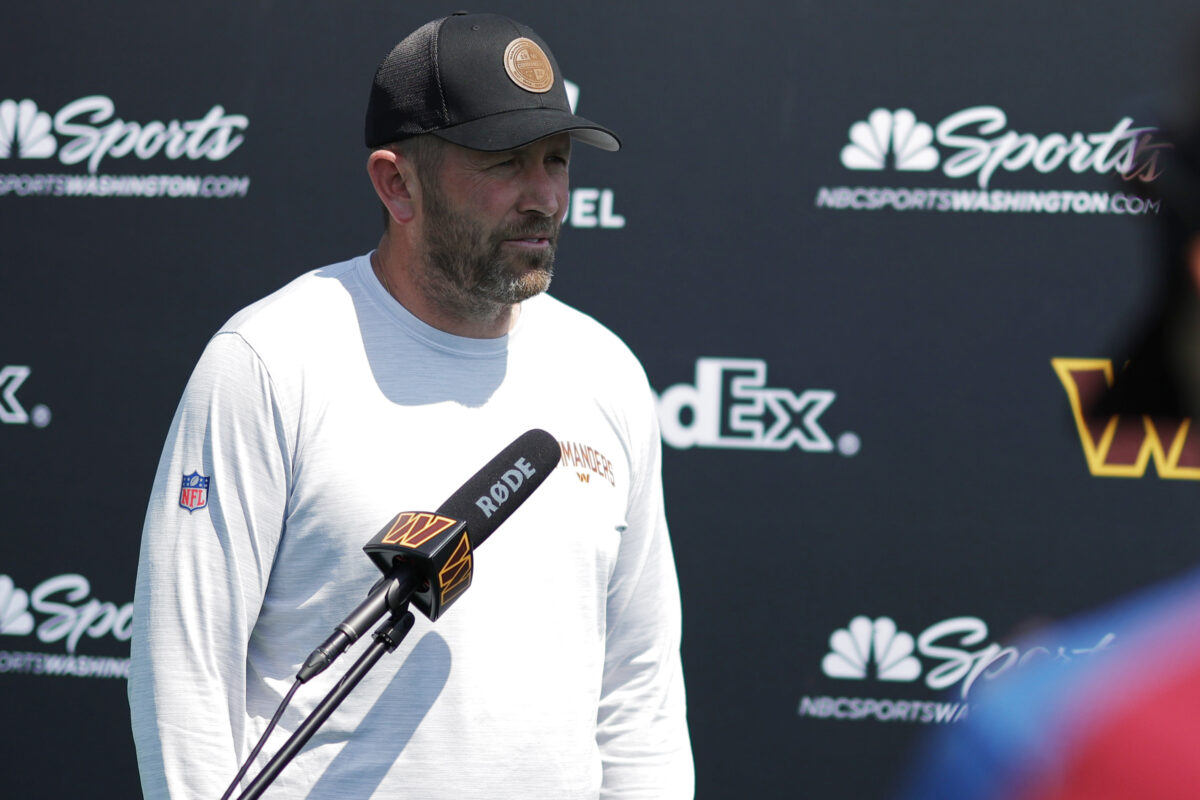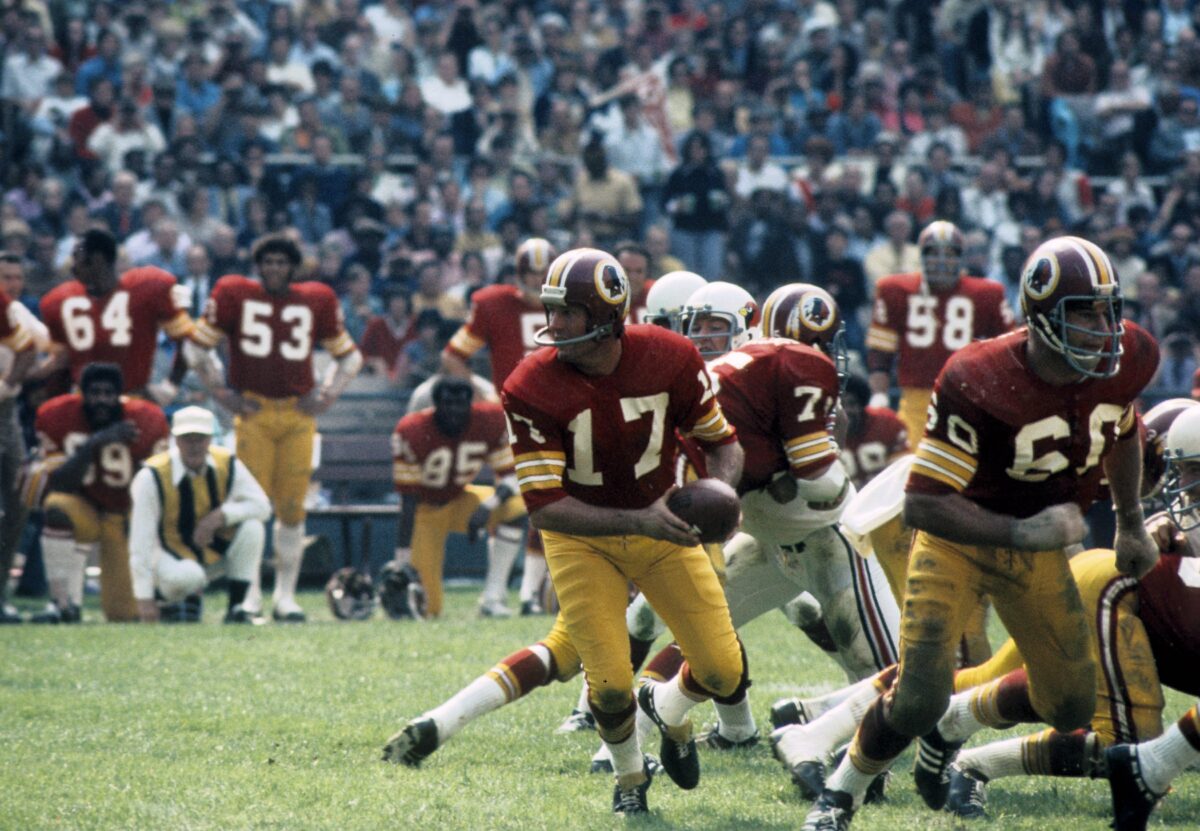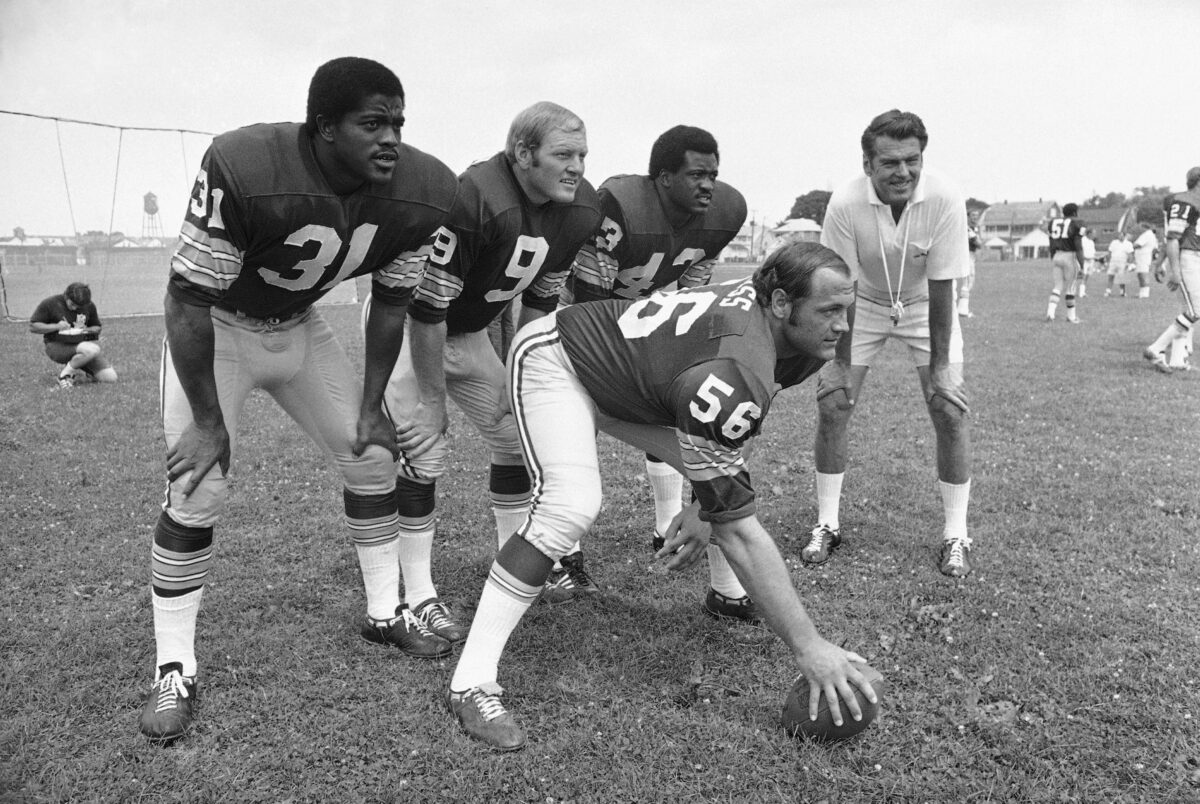Those old enough to recall Washington vs. Dallas NFL games will recall the term “Dallas Week.”
Dallas had won the division five consecutive seasons from 1966-1970 and Washington only had one single winning season those years (1969) when they were 7-5-2.
George Allen was hired to be the new Washington head coach, and he instantly talked of how Dallas had owned the division but Washington was going to fight for the division.
In his first season, Washington headed to the old Cotton Bowl Stadium to face the Cowboys in Week 3. During the week, Allen began to refer to the week as “Dallas Week.” What followed shocked one city and excited the other.
Both teams were 2-0 when Washington went to Dallas to face the defending conference champs in a wet, rainy game. Washington shocked the NFC Champion Cowboys 20-16.
Allen had fired up the city the week of the game, and when the team arrived at Dulles Airport Sunday night, thousands of fans were at the airport to greet the victors back home. “Dallas Week” had been born!
“Dallas Week” continued to be huge through the George Allen years (1971-77). There were huge wins for both teams, and both became in the top tier of NFC teams.
Dallas won the Super Bowl that 1971 season and Washington returned the next season to defeat Dallas in the NFC Championship game 26-3 at RFK.
In 1973, Brig Owens had a fourth-quarter pick-six, and then Ken Houston stopped Walt Garrison on the one-yard line to hold on for a 14-7 win at RFK. In 1974, Roger Staubach was concussed, and his replacement Clint Longley threw two touchdown passes leading Dallas to a 24-23 Thanksgiving Day win.
Dallas, in 1979, won perhaps the greatest regular-season game in the storied rivalry. Washington led at Dallas 34-21 after a long John Riggins touchdown run. But Staubach brought back Dallas to win 35-34 in the final seconds.
Darryl Grant’s pick 6 to clinch the NFC title game 31-17 and send the Skins to the Super Bowl. #HTTR
(January 22nd, 1983) pic.twitter.com/mjAIQl4rEj— 🚧RebuildingCommanders🚧🔨 (@RebuildingWFT) March 31, 2020
Joe Gibbs (1981-92) had his fair share of big wins and losses against Dallas. Washington won the 1982 NFC Championship game over Dallas 31-17 at RFK. In the 1983 season opener, Washington led 23-3 at the half at RFK, but Dallas stormed back to win 31-30. When the teams met late in the year at Dallas, both were 12-2. Washington crushed Dallas 31-10. The next season in Dallas, the Cowboys led 21-6, only to see Washington come back and win 30-28.
1989 was a miserable year for Dallas as they went only 1-15. Yet, that win was at RFK against Washington. In 1991, Dallas at home led Washington 21-10 on MNF. But Washington came back to win 33-31, went on to win their first 11 games of the season, and then lost at RFK to Dallas.
The 1995 Cowboys were again dominant, winning their third Super Bowl in four seasons. But strangely they lost both times to an ineffective 6-10 Washington team.
Yes, back in those days, it was “Dallas Week.” Today, the DMV appears to have mostly fickle, bandwagon fans, nothing like the 70-90s years. “Dallas Week” means little to the fan base compared to what it did for 30 years dating from George Allen’s arrival.
Tuesday, former Washington tight end Rick “Doc” Walker was filling in for Kevin Sheehan on his Team 980 radio program. Walker talked often of “Dallas Week” of how he missed the energy it once provided the DMV.
Walker also talked with two former Washington defensive greats, defensive tackle Darryl Grant (1981-1990) and defensive end Dexter Manley (1981-89) who were both teammates with Walker (1980-85).
This week has no energy, no juice as the rivalries’ games did in the past. We can only hope the new administration will bring back “Dallas Week” once again to the DMV.
